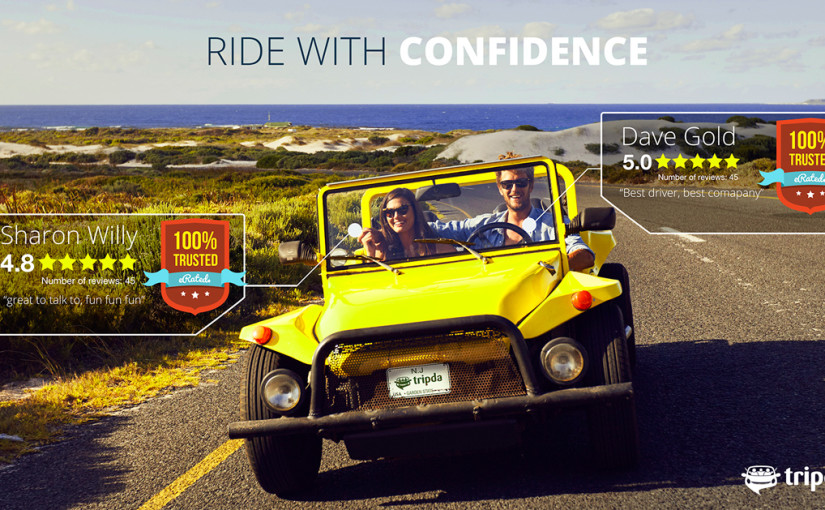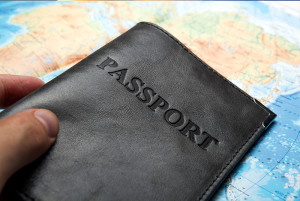As every avid LinkedIn user knows, individuals are exercising brand control and reputation management in a way that was traditionally the preserve of companies and corporations in years passed. No longer content to hide behind the brands of big box online platforms, sellers and sharing economy enthusiasts are developing their own, unique identities. It means they can travel across platforms, attract their own buyers and users and ensure product and brand security is dominated by their own decisions - not executives.
So what’s the difference between brand control and reputation management? Brand is how you want the world to see you and your reputation is how the world actually sees you. As far as we’re concerned, brand may get customers and clients to your website or to your product pages, but it’s your reputation that induces them to click through and make a purchase. Brand is the carrot, but getting bites requires you to have a proven track record of sales. Ultimately, it requires people to trust you. Reputation becomes brand when you have a long history of success where your logo, picture and/or name actually create the fuzzy feeling of confidence buyers need to make a purchase.
What IS a brand? In concrete terms, a brand is how people identify you at a glance (or, half a glance nowadays). Scanning through a page of products, companies or platforms, your brand is your logo, name, two line description or the intangible emotion of the viewer. Do they recognize you? Do you interest them?
What IS reputation? Reputation is the impression the viewer or buyer has of you given what they’ve heard or seen before. In many cases, you will have no reputation because they’ve never heard of you. However, all it takes is one bad review for them to have a negative impression and keep on scrolling, no matter how good your brand is. Reputation is what you’ve done, said and these days been before. What you (and your staff) have done in the past influences your reputation. If your product or business has no reputation yet, beginning with what you’ve done before is a great place to start.
Your brand is easier to control than your reputation, because it starts with you. Think carefully about framing before you launch your store, platform or product. Turning your brand around after it’s already out there is like turning a ship away from an iceberg (and we know how that turned out). So what can you do at the design and content stage? A great way to test your brand is to harness the growing community of start-ups providing cheap, instant polling. Why not try Verdict, Voicepolls or Pollfish? These guys let you toss your design around and provide you with quick, actionable feedback. Most of us can’t afford expensive marketing consultants at an early stage, so finding tangible alternatives is critical.
A later installment will deal in-depth with reputation, but for now check out an older piece on reputation dos and don’ts for online sellers.
Brand is the foot you put forward and reputation is the ground you stand on. It’s up to you to make sure you’re doing your utmost to inspire confidence through good design and content. It’s also up to you to make sure your reputation becomes a solid foundation on which to grow, not a mucky pile of quicksand beneath your feet.











